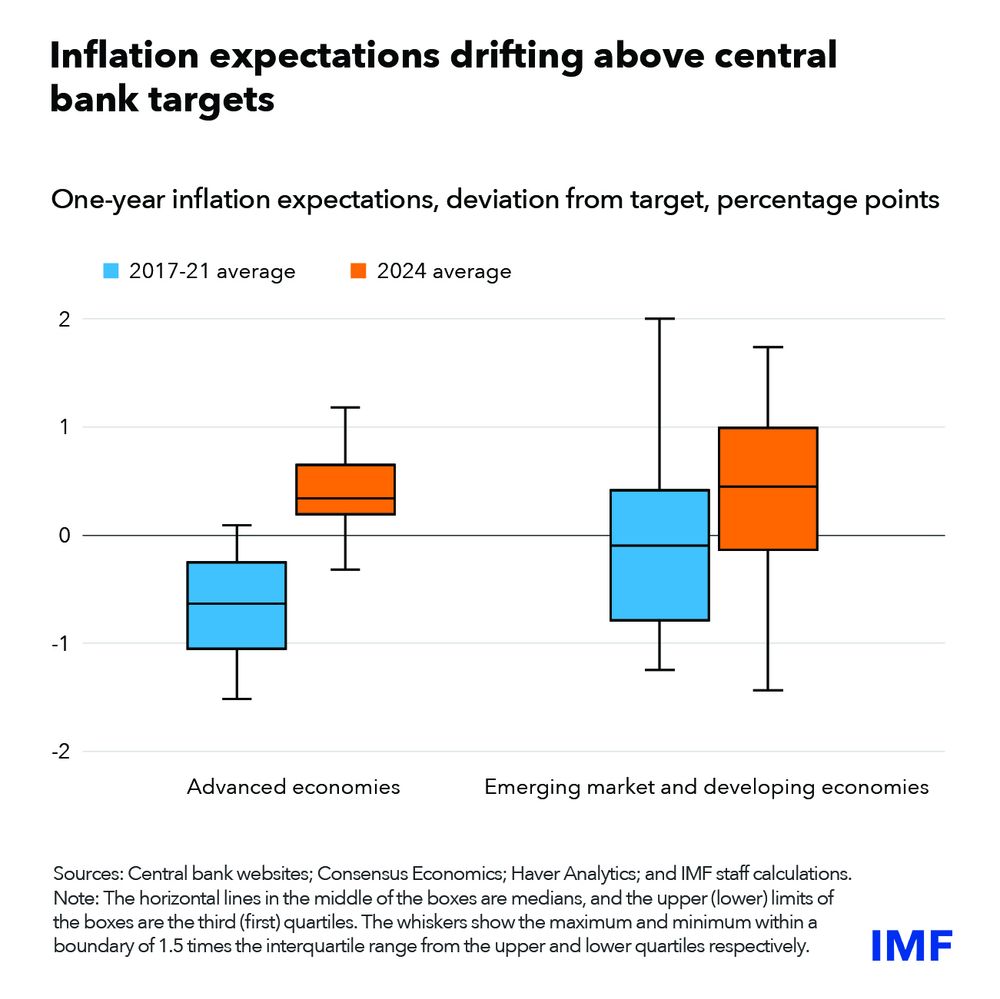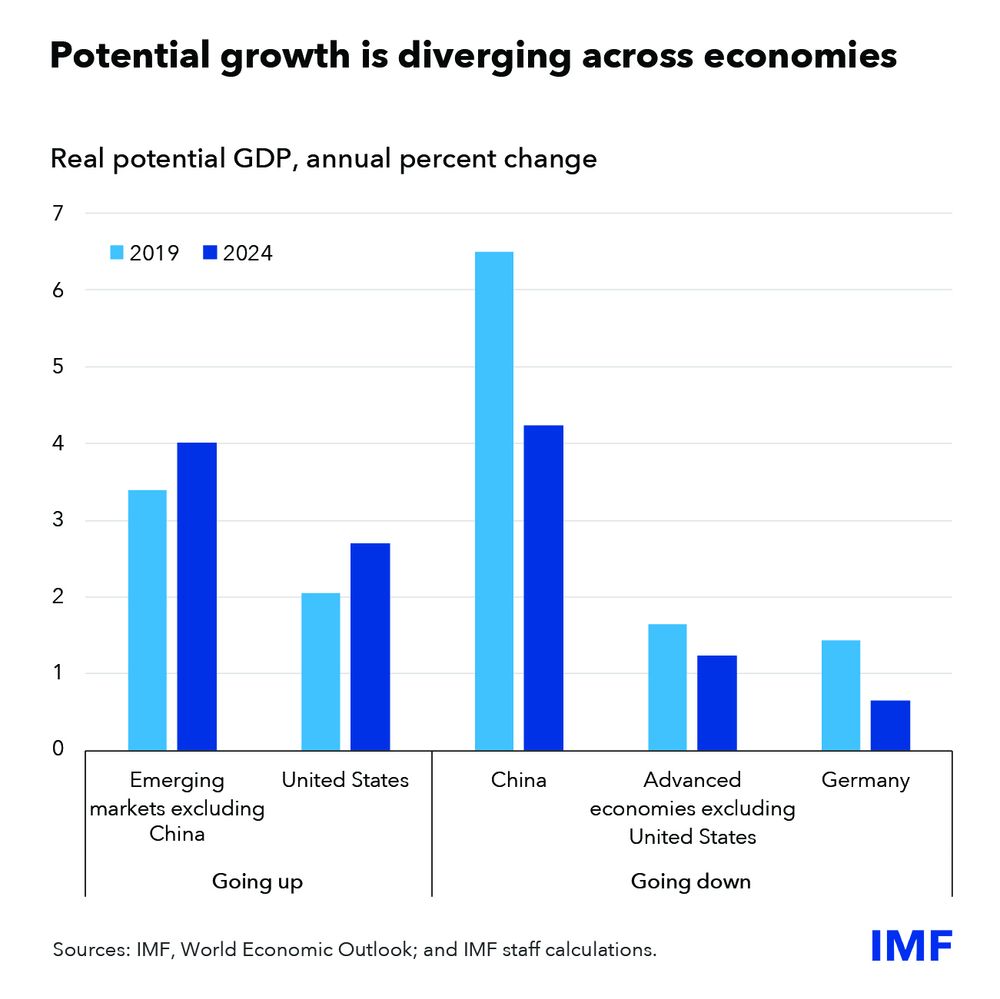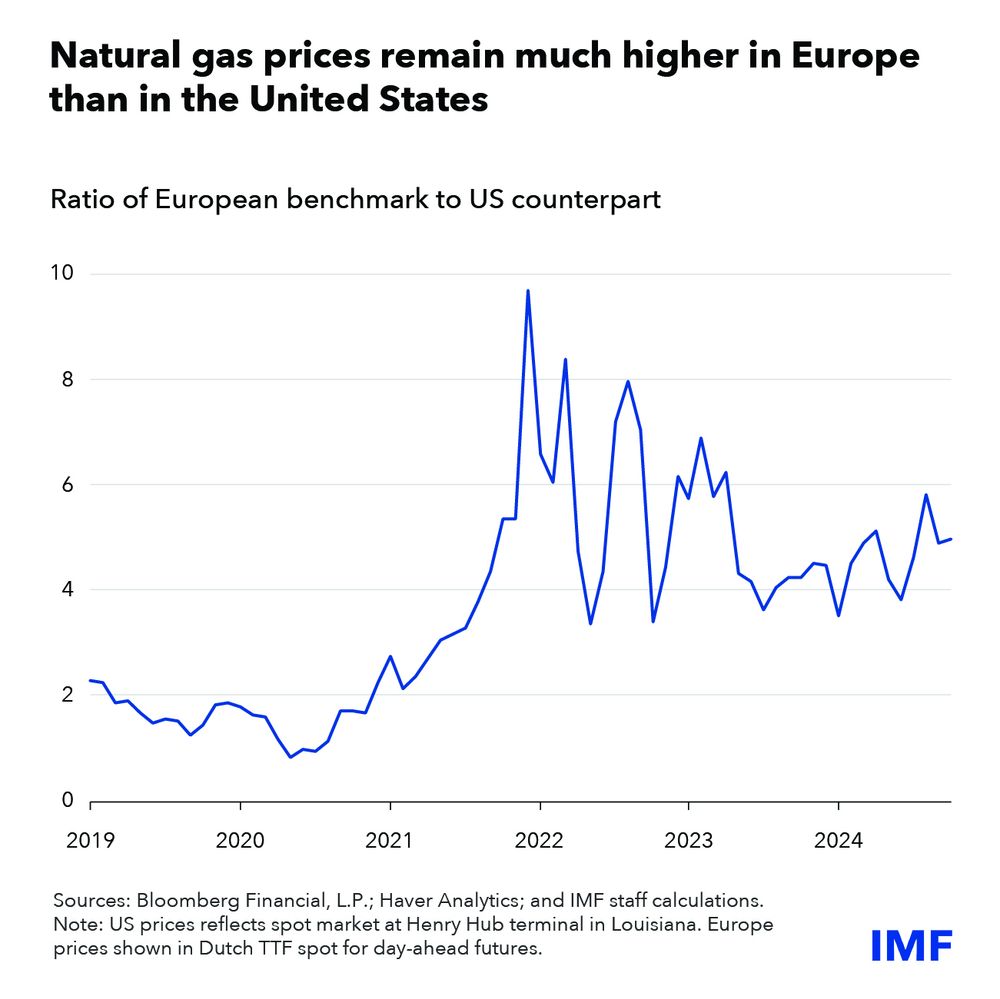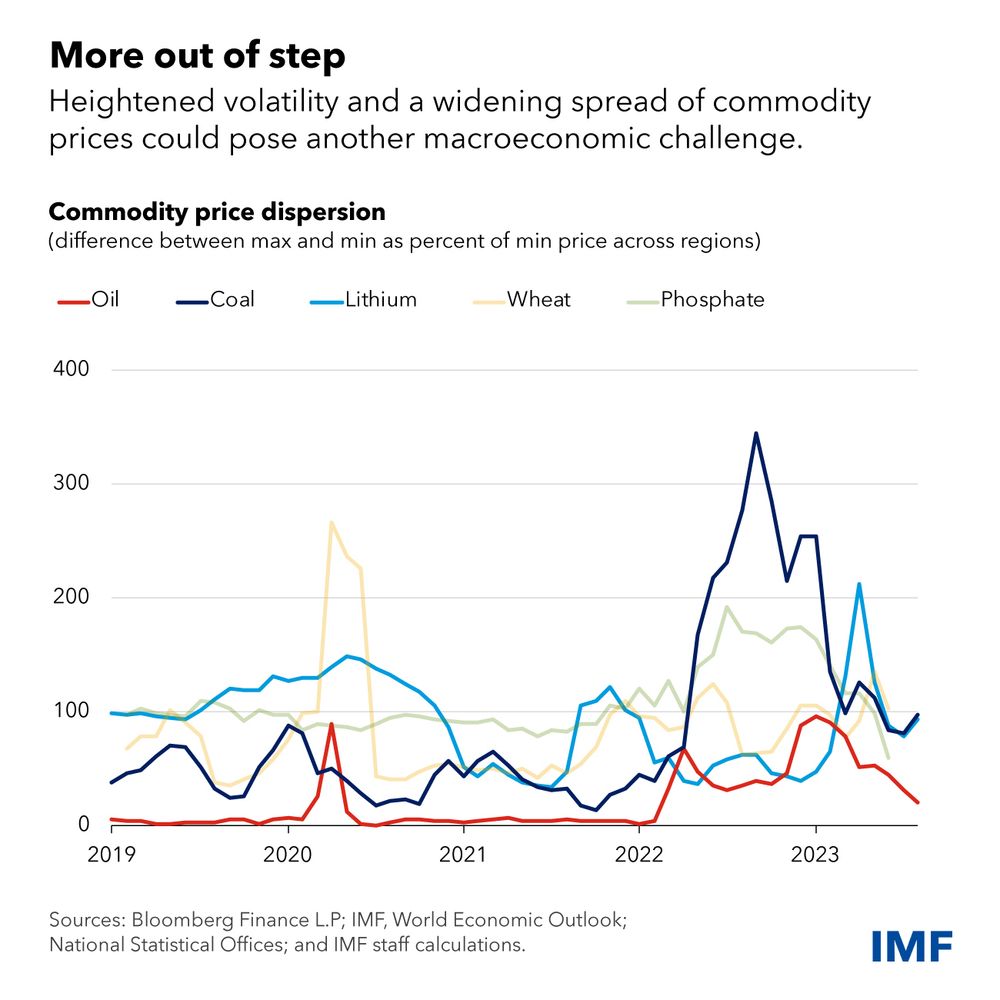Pierre‐Olivier Gourinchas
by Pierre‐Olivier Gourinchas — Reposted by: Andrea Presbitero

by Pierre‐Olivier Gourinchas — Reposted by: Andrea Presbitero








by International Monetary Fund — Reposted by: Pierre‐Olivier Gourinchas
Reposted by: Pierre‐Olivier Gourinchas
Reposted by: Pierre‐Olivier Gourinchas
https://doi.org/10.1016/j.jinteco.2024.104042

Reposted by: Pierre‐Olivier Gourinchas, Roberta Gatti
by Andrea Presbitero — Reposted by: Pierre‐Olivier Gourinchas, Caterina Mendicino



by Pierre‐Olivier Gourinchas — Reposted by: Antoine Berthou

Reposted by: Pierre‐Olivier Gourinchas
And what better way than to discuss economics, trade and geopolitics
@pgourinchas.bsky.social

by Pierre‐Olivier Gourinchas — Reposted by: Gastón Gelos



